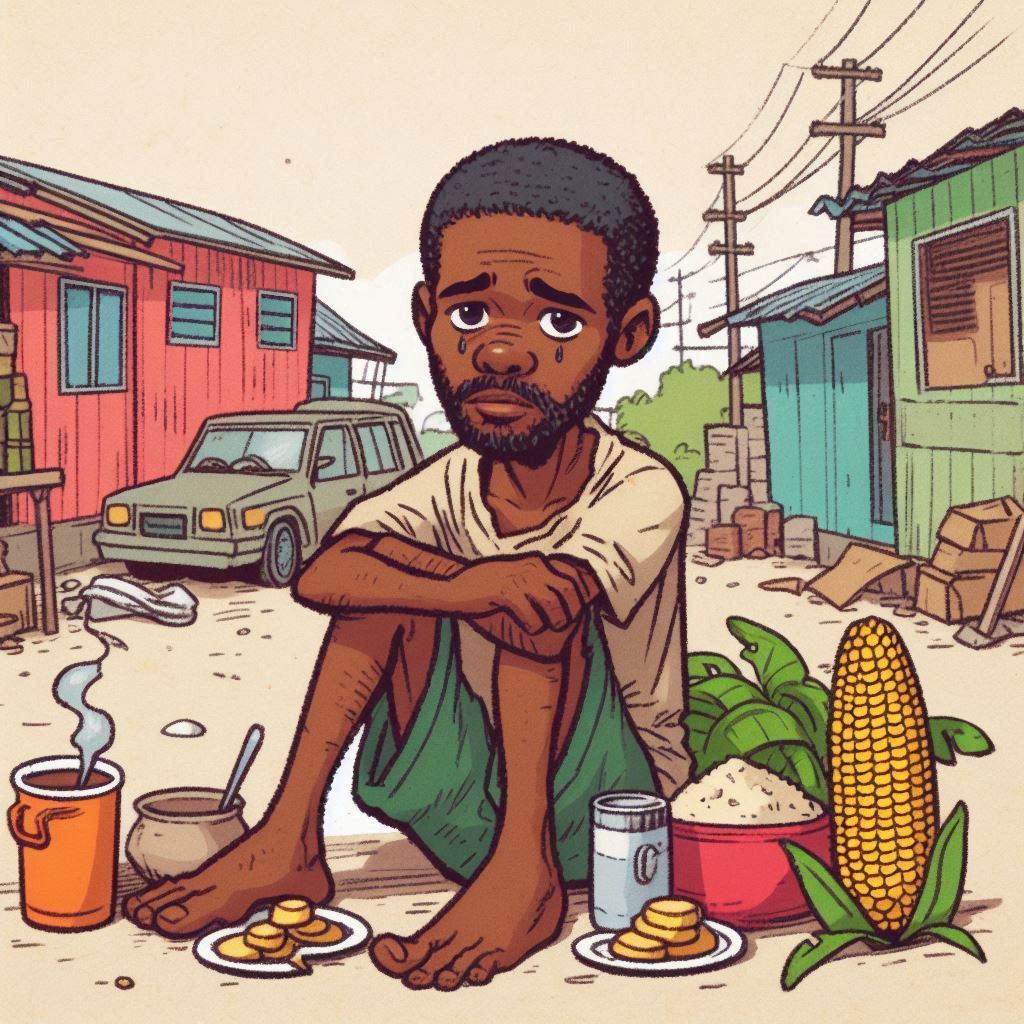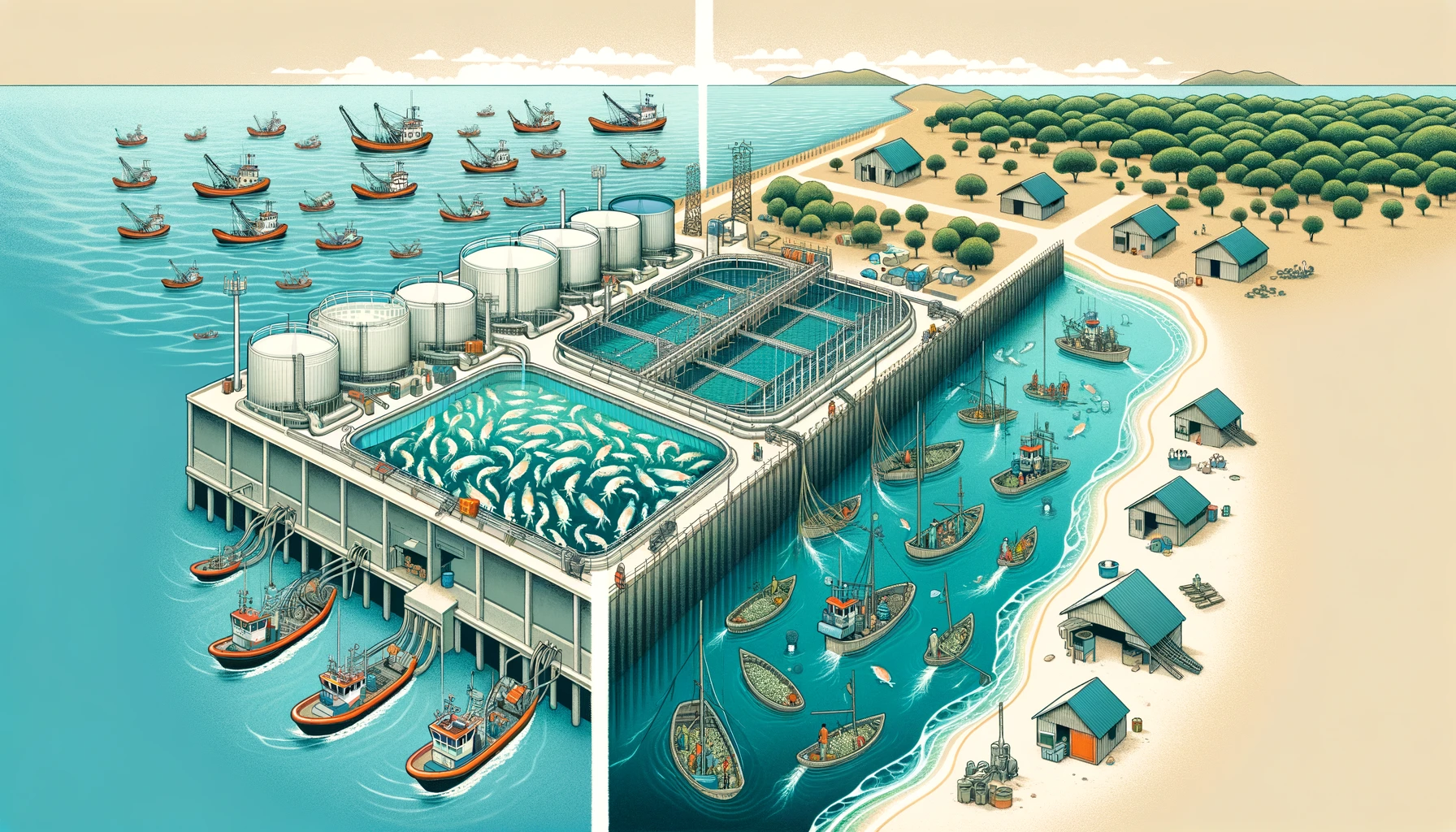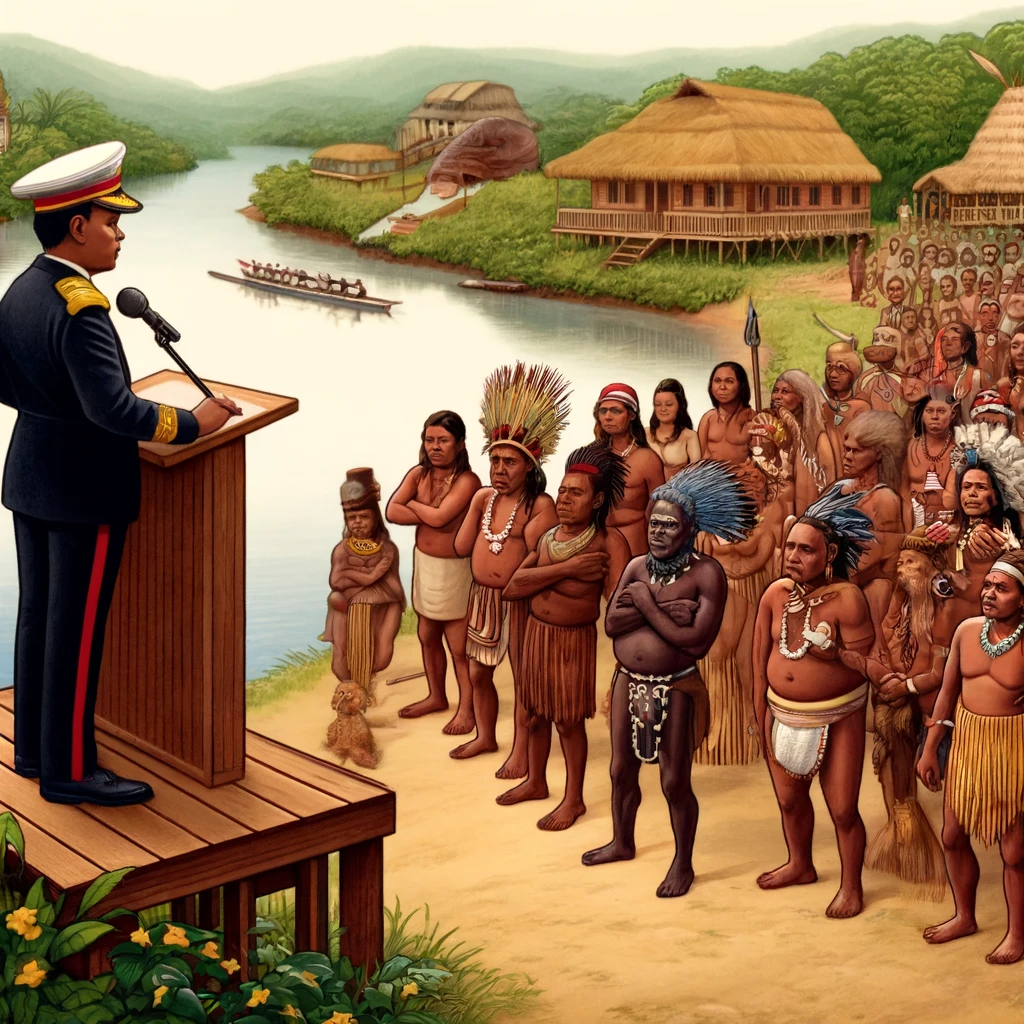I noted with interest the use of taxpayers’ money by the Department of Environment and Climate Change for a full-page advertisement in the Stabroek News, ‘Erroneous forest carbon analysis by Dr Janette Bulkan’, (06 January 2023). This undated ‘public release’ advertisement addresses only 4 of the points made in the SN Daily Feature ‘Jurisdictional forest-based carbon credits’ published in SN on 13 December 2022.
The release from the government’s Department of Environment and Climate Change clarifies in its first point (Error #1) that the carbon price set under the Norway-Guyana Memorandum of Understanding (MoU) was USD 5 per tonne of forest-based carbon dioxide (tCO2). This figure was used by the Norwegian International Climate and Forest Initiative (NICFI) in the donor-funding of Brazil’s Amazon Fund to reward reductions in or avoidance of planned deforestation. The USD 5 per tonne of forest-based carbon dioxide (tCO2) was then applied to Guyana (Box 3, ‘payments calculation’ on page 8 in the MoU’s Joint Concept Note issued to operationalise the MoU on the same date, 09 November 2009). Previous studies in Guyana were used in Guyana’s application for REDD+ funding under the World Bank’s Forest Carbon Partnership Facility, notably Hans ter Steege’s Iwokrama Research Report 1999-01 published in January 2001 which used tonnes of elemental carbon (tC) instead of tonnes of carbon dioxide (tCO2). Statements issued through Guyana’s Department of Public Information generally do not clarify whether ‘tonnes of carbon’ mean elemental carbon or carbon dioxide, where tCO2 is a figure 3.67 times the value of tC.
In its second point (Error #2) the Department of Environment and Climate Change now clarifies that the 33.47 million jurisdictional carbon credits were only for the (initial) period of 2016-2020. This figure is the sum of the tranches – 7.867104 for 2016, 7.604998 for 2017, 7.252244 for 2018, 4.478401 for 2019 and 6.257852 million carbon credits for 2020; see the table in https://art.apx.com/myModule/rpt/myrpt.asp?r=212. No plain-language explanation for these numbers has been provided to inform the citizens of Guyana. The 37.5 million carbon credits worth an estimated USD 750 million to be purchased by the oil company Hess Corporation (USA) were disaggregated in the table which I showed in the OpEd published by SN on 13 December, as three tranches each of 12.5 million carbon credits for the period 2016-2030. The first block of 12.5 million carbon credits is thus 37 per cent of Winrock/ART’s first allocation. We do not know what credits will be issued in future by Winrock/ART but Hess will need to lower its percentage claim or change the number of credits which it will purchase in order to match the 30 per cent purchase indicated by Vice President Jagdeo as reported by Kaieteur News (‘Guyana inks 15-year pact with Hess for sales of $750M in carbon credits’, 03 December 2022).
In its third point (Error #3) the Department of Environment and Climate Change says that it is not true that Vice President Bharrat Jagdeo said that USD 28 million (= 15 per cent) of the first USD 187 million from sale of carbon credits would be placed in the Amerindian Development Fund. I draw to the attention of readers the Press Release on 02 December 2022 from the Department of Public Information (DPI) with title ‘Over US$112M to go to Amerindian communities from sale of carbon credits’ (https://dpi.gov.gy/over-us112m-to-go-to-amerindian-communities-from-sale-of-carbon-credits/. The two relevant sections in the Press release are –
► “He said this is in keeping with a commitment that 15 per cent of the proceeds from any sale of forest carbon will go to Amerindian communities, in both forested and non-forested areas.”
► “the government will deliver support through a new phase of the Amerindian Development Fund (ADF)”.
Similar statements by the Vice President were reported by Kaieteur News: ‘“We made a commitment that 15 percent of all of the proceeds from any sale of forest carbon will go to Amerindian communities,” the former President reminded. This means that forested and non-forested Indigenous communities will split the value from the sale of carbon credits, he said’ (‘Min. of Natural Resources tells Parliament… “Guyana to pay US$1.8M verification fee before receiving US$187M from carbon credit sale”’, Kaieteur News, 8 December. Available at: https://www.kaieteurnewsonline.com/2022/12/08/min-of-natural-resources-tells-parliament-guyana-to-pay-us1-8m-verification-fee-before-receiving-us187m-from-carbon-credit-sale/). I have not seen any repudiation of these statements conveyed through the DPI, so I am not clear what is the supposed error?
In its fourth point (Error #4) the Department of Environment and Climate Change claims that the Winrock/ART forest-based carbon credits scheme, as applied to Guyana, is not a continuation of the McKinsey 2008-9 proposal. McKinsey proposed to monetise our forests by ascribing a notional value based on 90 per cent replacement by oil palm and irrigated rice and using Brazilian data for agricultural yields. I did not say in my OpEd that the Winrock/ART scheme is ‘a continuation’. I said it is ‘related’ to the McKinsey proposal. Both schemes made or make a series of assumptions which have not been explained in language which is intelligible to most Guyanese.
That was the core of the concern in my OpEd – that vast amounts of notional money are being discussed in language which citizens do not understand and which may involve a loss of control by Amerindian titled Villages over their forests. Given the tremendous efforts which are required from Amerindian communities to secure legal title in Guyana to their traditional, ancestral, unceded customary territories (which are recognised under United Nations Conventions), the possibility that this control has been lost or may be lost without their knowledge is surely a very serious matter for Amerindians. It may be that neither Winrock/ART nor Hess Corporation knows that support by the National Toshaos Council (NTC) for sales of forest-based carbon credit cannot override the prescription for village-by-village majority vote in a formal village meeting, as laid down in the Amerindian Act cap. 29-01 2006. No such votes have been called or passed in any Amerindian Village or community. The resolution on carbon credits signed by the executive committee of the NTC on 15 July 2022 shows a full appreciation of the difference.
The forest area in question – in Amerindian titled Village Lands – is estimated as 2.299 million hectares under the Monitoring, Reporting and Verification System (MRVS) of the Guyana Forestry Commission. This is almost 13 per cent of the national total of 18.070 million hectares of forest which the GFC submitted to Winrock/ART for evaluation and carbon crediting. The same MRVS gave 3.305 million hectares as the area currently titled to Amerindian communities. That is about one-third of the total area of Amerindian customary lands, (9.079 million hectares), as recorded in the Report of the Amerindian Lands Commission (Government of Guyana. 1969). Using the same ratio (2.299/3.305 = 0.7), the total area of titled and customary forest is about 9.079×0.7=6.3 million ha of Amerindian forest. Using the LCDS 2030 estimates for carbon in the standing forests (that is, forest not logged or mined for gold), the standing stock of carbon varies between 1079 and 1206 tCO2/ha (from page 123 in the LCDS 2030, version July 2022). Multiplying the Amerindian customary forest area (6.3 Mha) x carbon dioxide per forest hectare x Winrock market-based price of USD 15/tCO2 gives a range of USD 102 billion to USD 114 billion. So, serious money.
I look forward to the response by the Department of Environment and Climate Change to the other issues raised in my OpEd published by SN on 13 December 2022.
Yours truly,
Janette Bulkan











